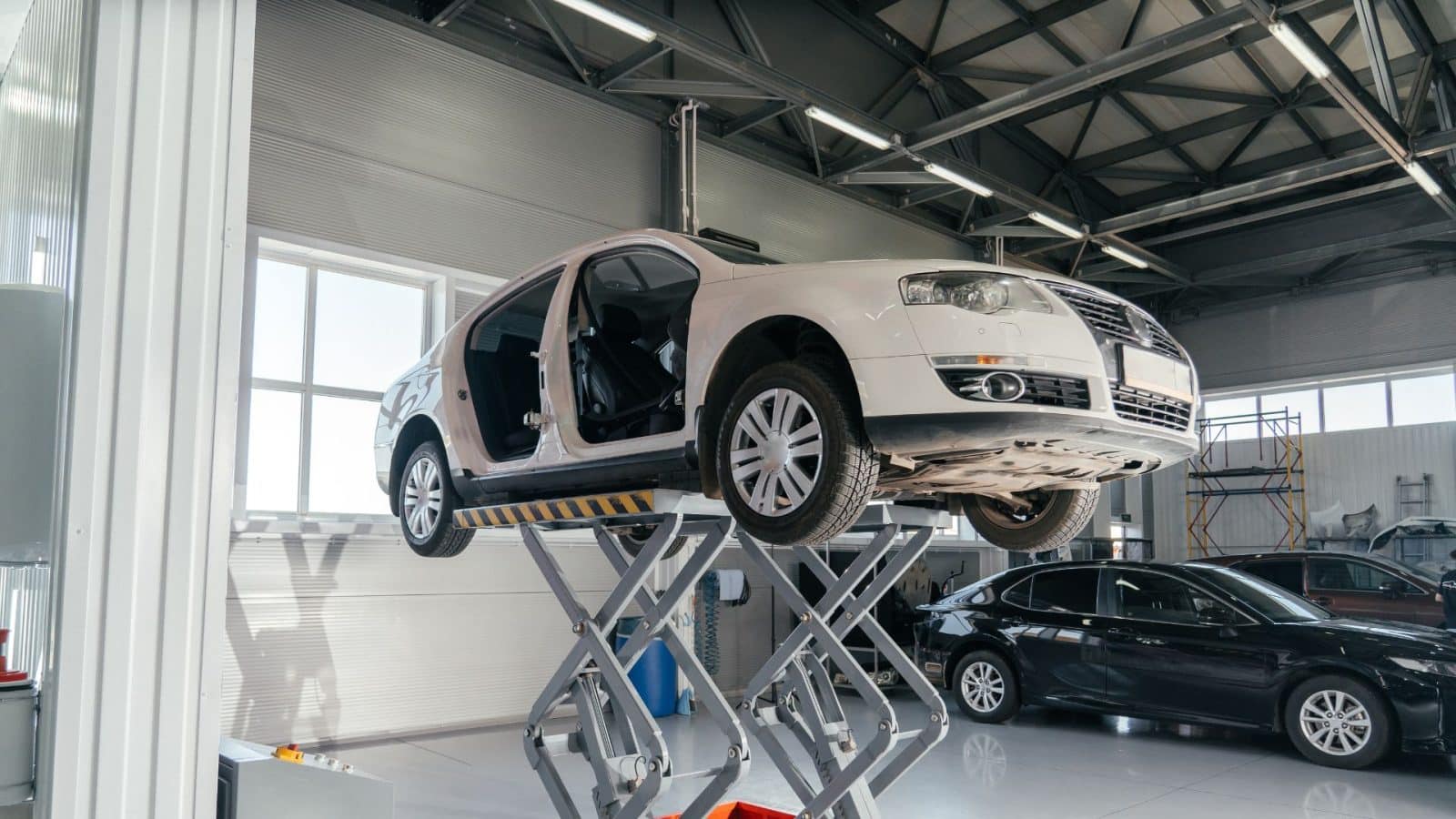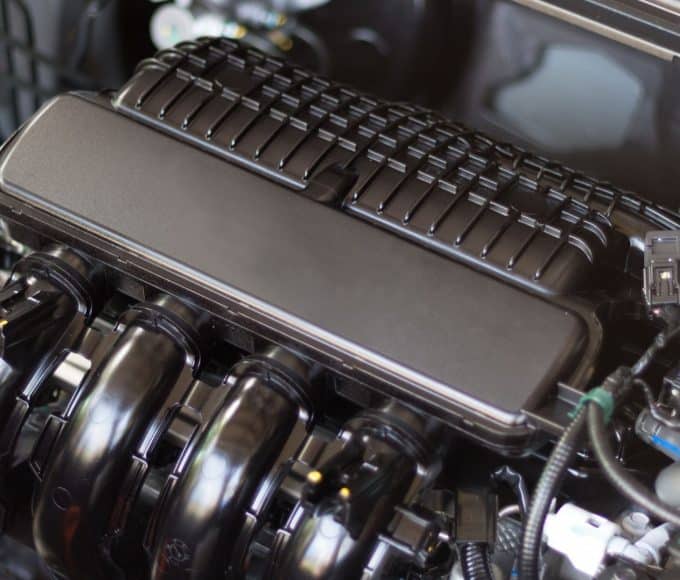An auto lift is a long-term investment in safety, efficiency, and performance. While budget lifts may seem appealing, they often come with compromises that become apparent quickly under real-world use. These are the six features that define a high-quality auto lift.
1. Laser-Cut Frame Construction
A solid foundation starts with the frame. Precision laser-cut steel ensures consistent part tolerances, cleaner weld seams, and reduced stress concentration over time. This results in a more rigid and durable structure, something you won’t find in lower-tier models that use bent or stamped components.
In daily use, this translates to less flex under load and a longer service life, especially when lifting heavier vehicles, such as trucks and SUVs.
2. True Multi-Locking Safety System
One of the most critical but overlooked features is a robust safety lock design. High-quality lifts don’t rely on a single locking point. Instead, they use multi-position mechanical locks and redundancies that engage automatically at various lift heights. The extra layer of security offers peace of mind when working on heavier vehicles or during unexpected power interruptions.
It also allows for mid-rise holding during inspections and provides mechanics with added control and flexibility.
3. Integrated Hydraulic Overload Protection
Lifting systems can be pushed beyond their intended capacity—often unintentionally. That’s where built-in hydraulic overload protection matters. These systems detect pressure levels concurrently and halt operation if limits are exceeded, protecting the equipment and the vehicle.
Cheaper lifts typically skip this feature, leaving internal components vulnerable to stress fractures, leaks, or sudden pressure loss under load.
4. Smart Lift Controls
High-end lifts often feature programmable lift heights, soft-start and stop technology, and digital readouts. Automated enhancements like these save time during repetitive tasks, avoid over-travel, and improve consistency across jobs.
In busy shops, that kind of reliability translates into smoother workflow and reduced operator fatigue over time.
5. Versatile Arm Configurations
Not every vehicle is compatible with a one-size-fits-all arm setup. Adjustable swing arms and telescoping pads enable high-end lifts to accommodate varying chassis points. This flexibility is particularly valuable in areas like Los Angeles, California, where space is limited and shops must accommodate a wide range of vehicles without constantly swapping equipment or repositioning lifts.
6. Built for Your Application
It’s important to match the lift to your shop’s specific needs. For example, understanding what separates scissor auto lifts from pedestal models ensures you select the best configuration for your workflow and space. Scissor lifts may offer a compact footprint, while pedestal models provide superior undercarriage access, an important distinction when planning workspace layouts.
It’s tempting to focus solely on cost, but with auto lifts, cutting corners can mean compromising safety. Some imported models lack proper certification, use substandard steel, or skip essential safety features entirely. A high-quality lift may cost more upfront, but it pays for itself in reliability and longevity.
When comparing options, don’t just look at the basics. These six features that define a high-quality auto lift offer long-term value that cheap alternatives can’t replicate.
Recommended reading: Modifications That Will Improve Your Jeep’s Suspension
















Leave a comment